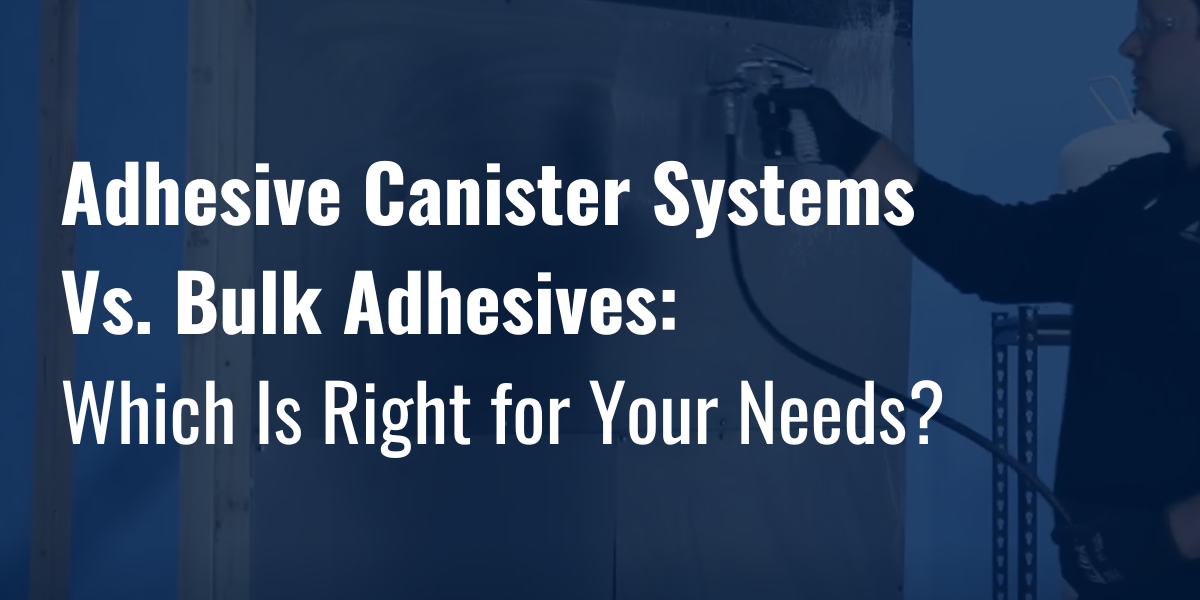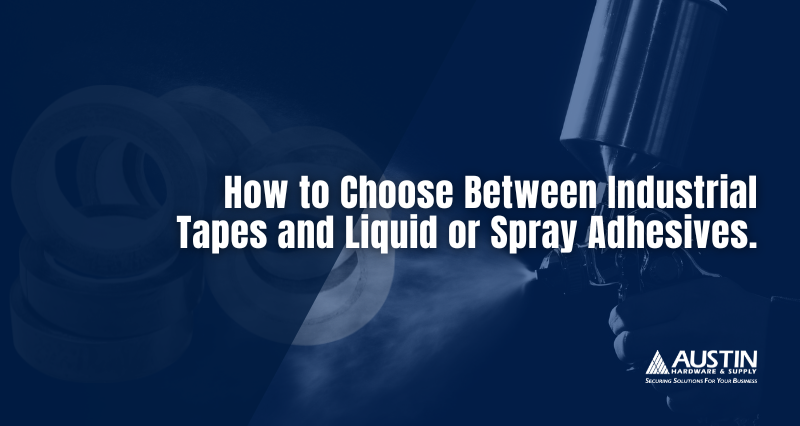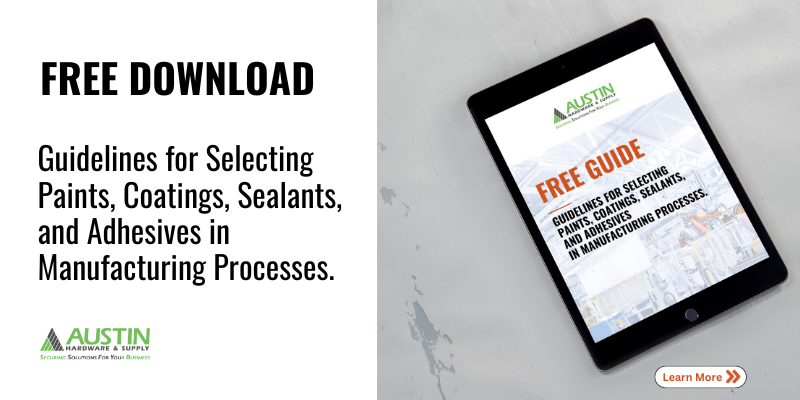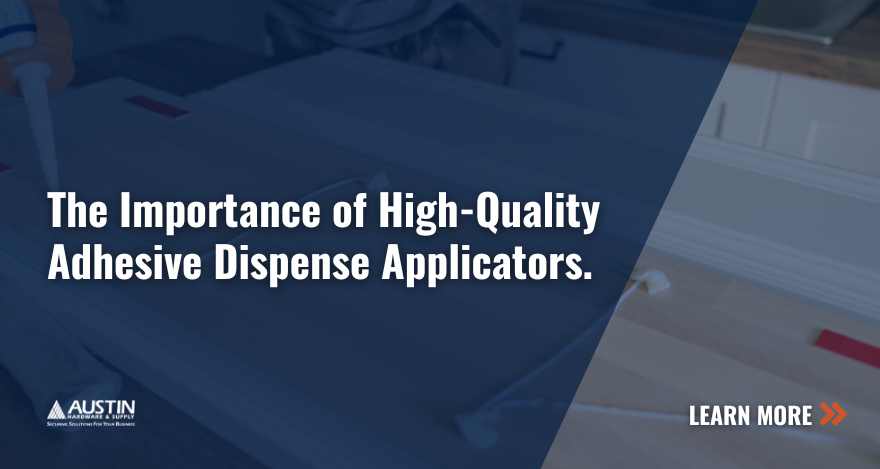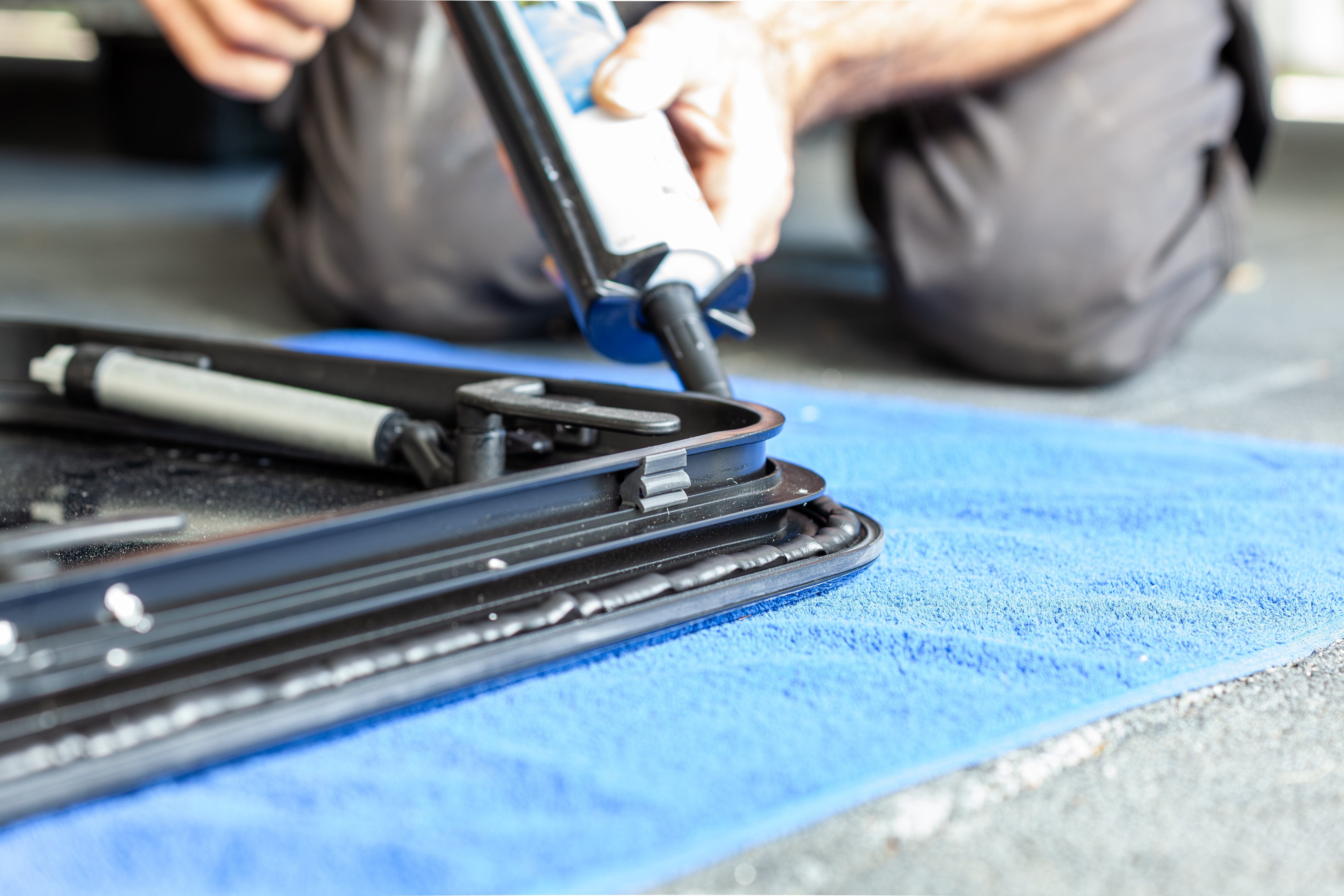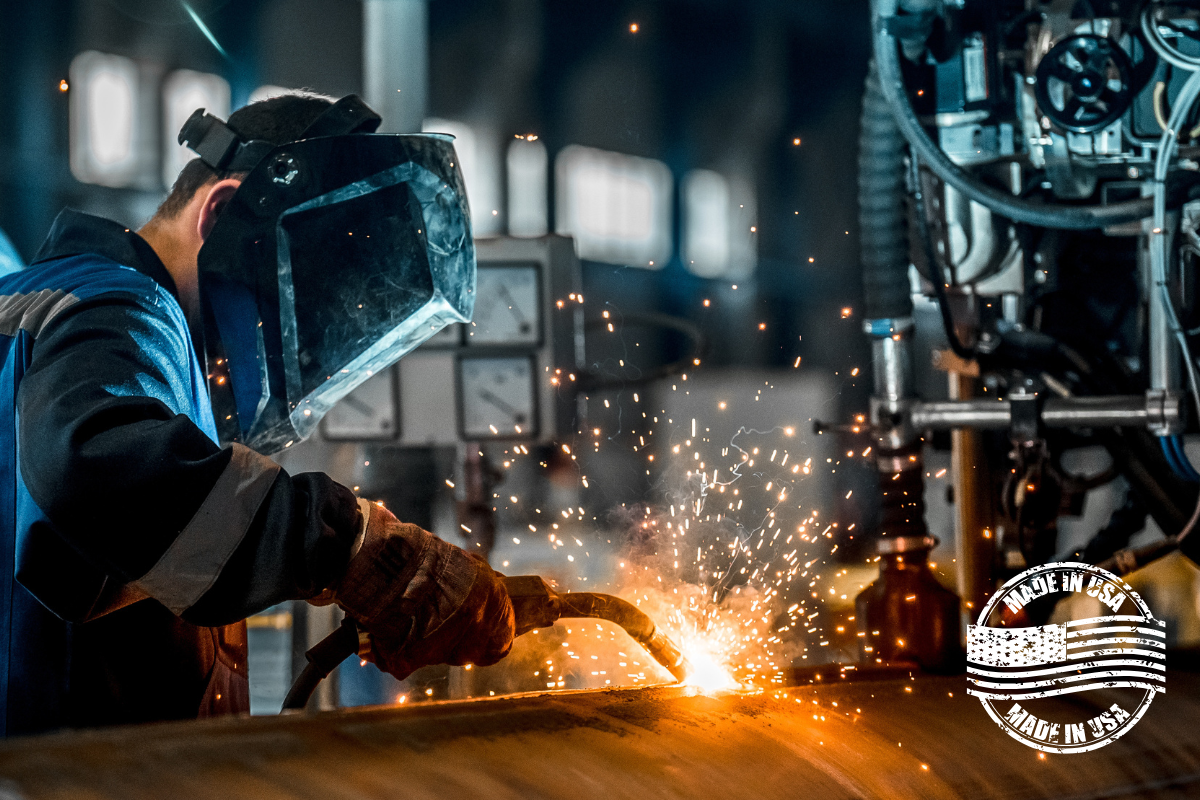Industrial tapes serve various purposes in manufacturing, construction, and other specialized applications. In this post, we’ll briefly review each and then consider the key considerations for choosing them instead of liquid or spray adhesives.
Duct, electrical, packaging, double-sided, and transfer are found commonly in industrial applications.
Duct tape is prized for its strength and versatility. Commonly used in construction applications, it’s strong enough to use in various applications on the job site, including temporary repairs, sealing, and fastening.
Electrical tape offers insulation and safety for electrical work due to its resistance to electrical currents. It’s typically used for bundling, color coding, and splicing electrical wire.
As the name suggests, packaging tape is used to secure boxes and other packages for shipping.
Structural, or bonding, tapes have bonding strength strong enough to serve as a replacement for mechanical fasteners, such as screws and rivets or welding. To ensure performance, structural tapes must resist environmental factors such as moisture, chemicals, extreme temperatures, and more. Many structural tapes are double-sided and coated with adhesive on both sides. They come in various forms, sizes, and strengths, including transparent, foam, acrylic, high-performance, and more. Double-sided tapes are often used for mounting, joining, and assembly, and while not all double-sided tapes are considered “structural,” most serve as a permanent bonding solution.
The benefits of structural tapes include weight reduction, improved aesthetics, enhanced sealing, stress distribution, and assembly time efficiency. They also help as a dampener, reducing vibration and providing impact resistance.
Transfer tape is a highly versatile industrial tape with a thin adhesive film but no carrier or backing. It’s easily transferred to most dry surfaces from a peel-away release liner.


